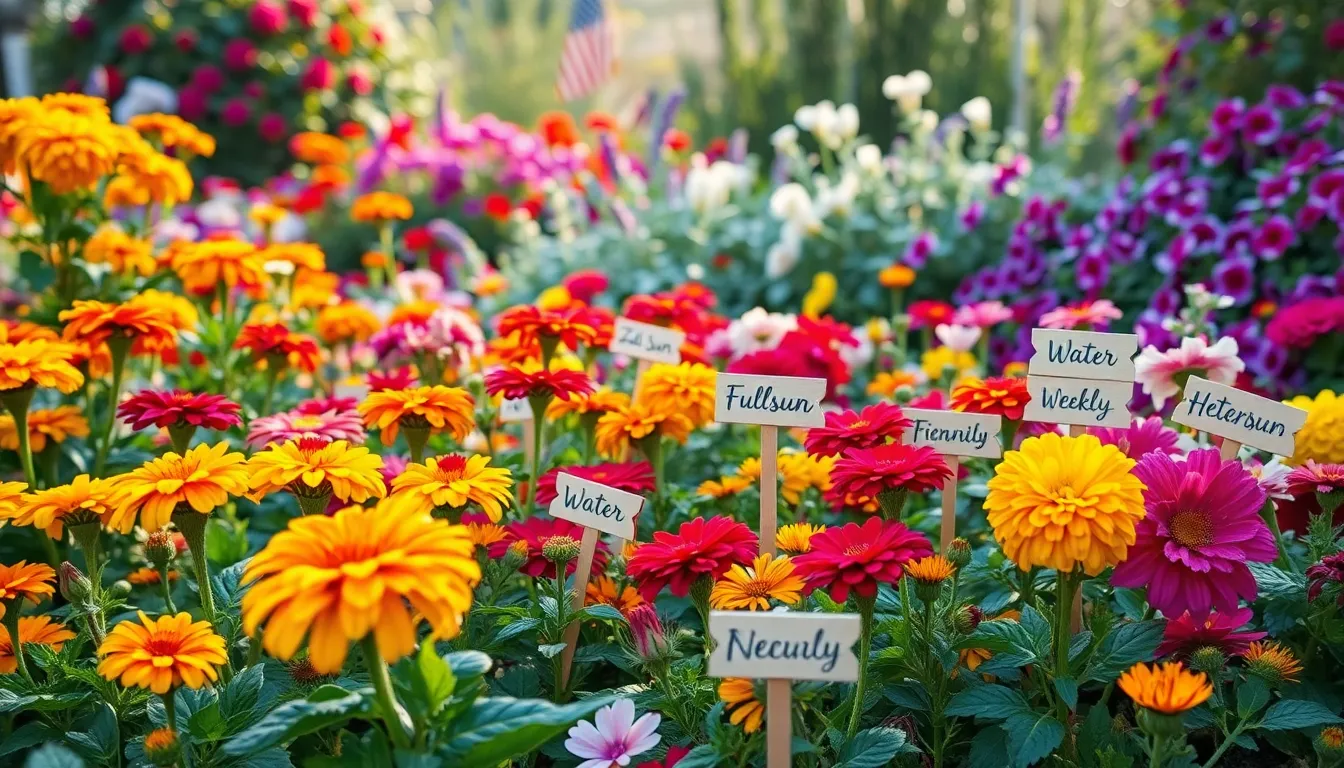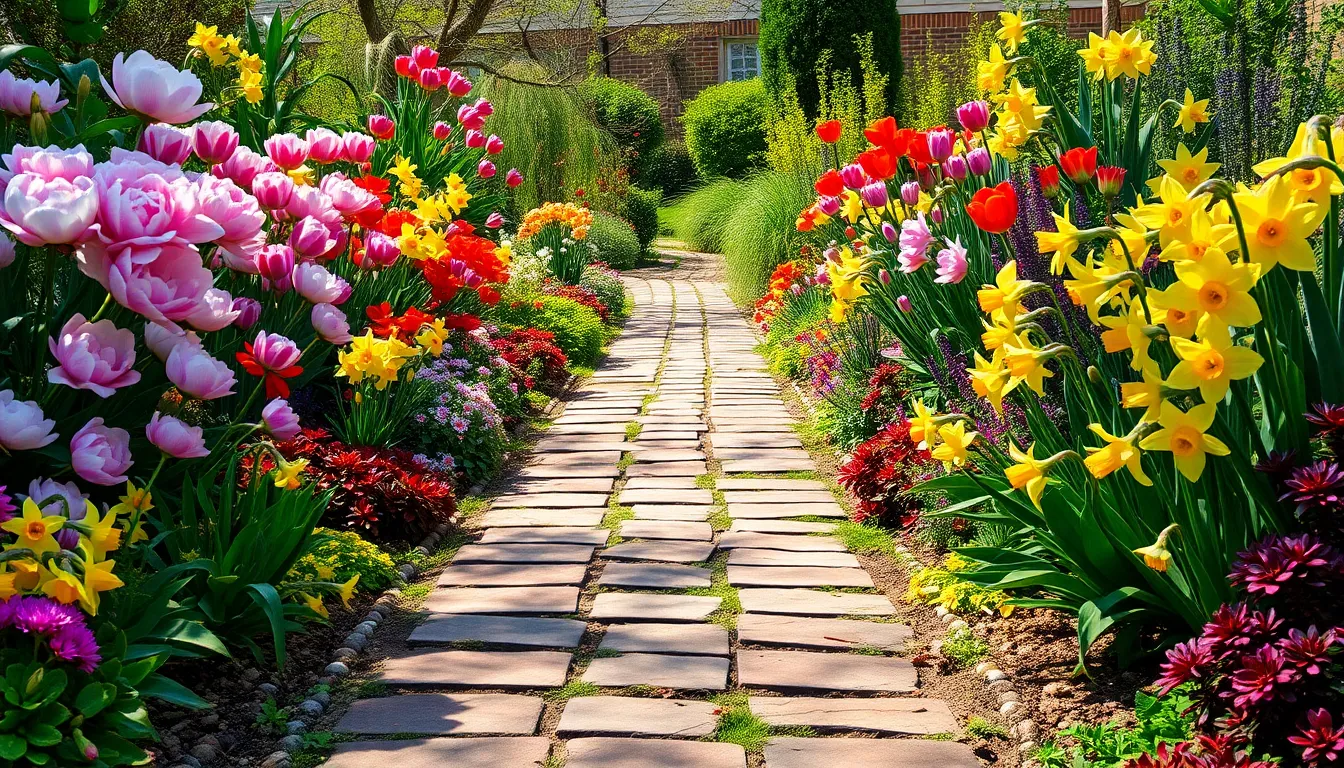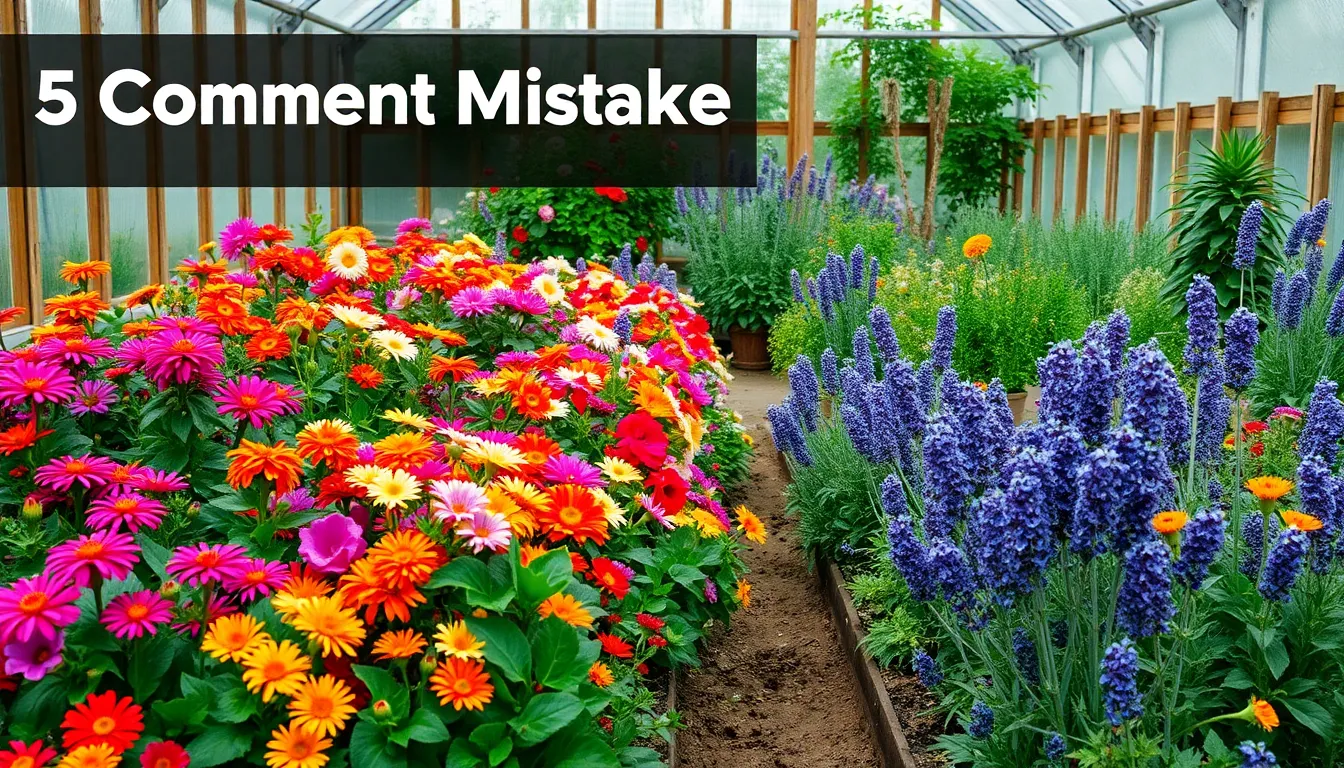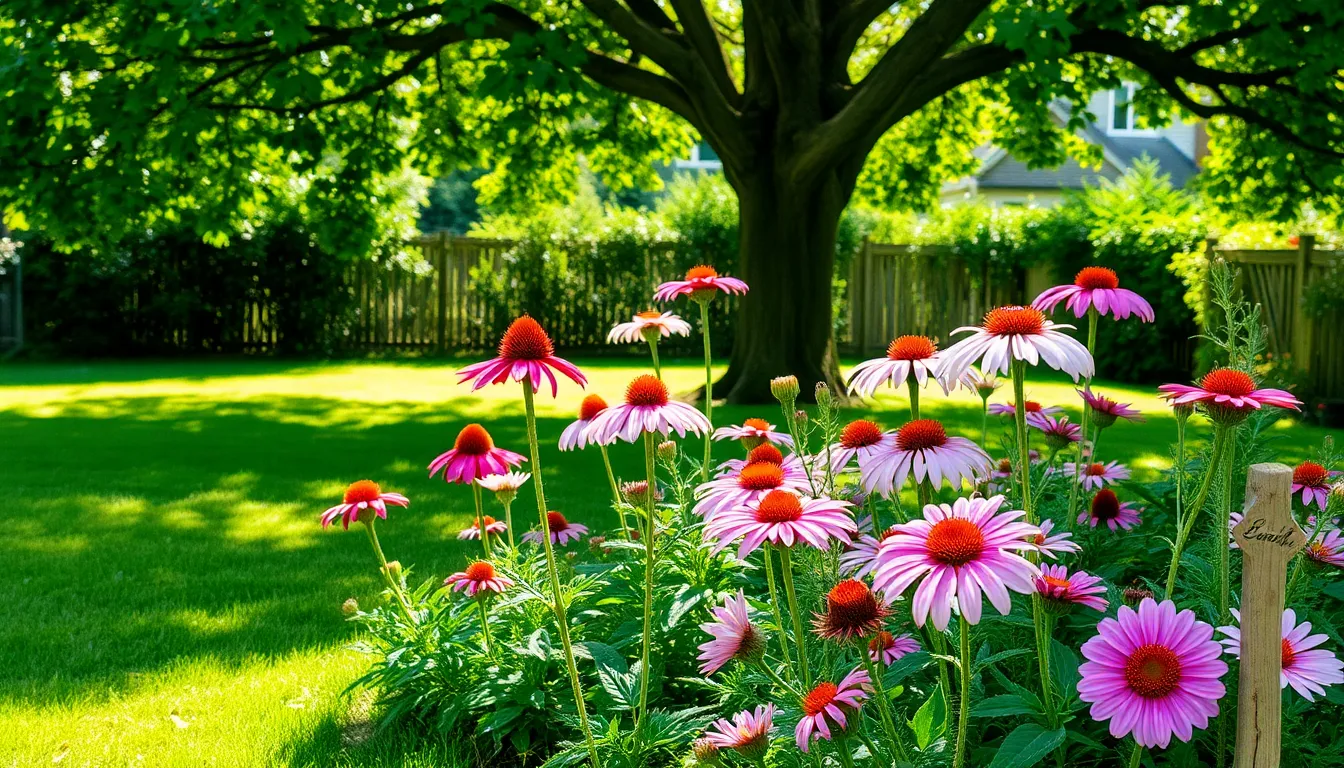Welcome to the colorful world of flower gardening, where every bloom is a testament to nature’s incredible artistry and your nurturing touch. Whether you’re planting your first seeds or have been tending to your garden for years, this guide is designed to enrich your gardening journey with practical tips that will make your flower beds flourish.
In this guide, you’ll discover invaluable garden design insights that transform any outdoor space into a vibrant oasis. By following these carefully curated techniques, you’ll not only enhance the beauty of your garden but also experience the joy and satisfaction of watching your efforts blossom into stunning displays.
Let’s embrace the rewarding adventure of flower gardening together, where every small success boosts your confidence and deepens your connection with the earth. With these tips at your fingertips, you’re equipped to create the garden of your dreams, no matter your level of experience.
Choose Easy-to-Grow Varieties
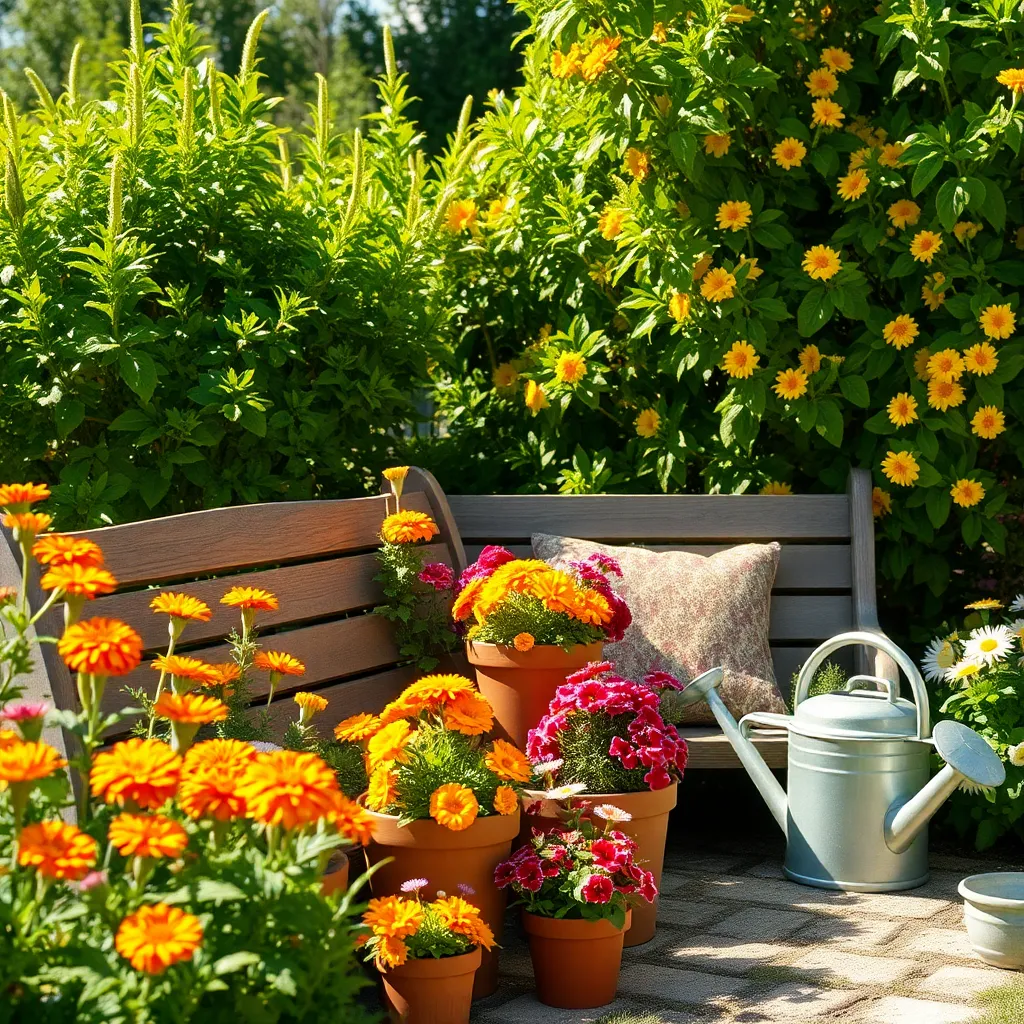
For beginners, selecting easy-to-grow flower varieties can make a significant difference in gardening success. Consider plants like marigolds, zinnias, and sunflowers, which are resilient and thrive in a variety of conditions.
Marigolds are particularly forgiving, tolerating poor soil and requiring minimal watering once established. They thrive in full sun and can deter pests, making them a dual-purpose choice for any garden.
Zinnias, on the other hand, are perfect for adding vibrant color to your garden with minimal effort. Ensure they are planted in well-draining soil and water them consistently, especially during dry spells, to encourage robust blooms.
Sunflowers are a favorite among beginners because of their dramatic height and ease of care. Plant them in a location where they receive full sunlight for at least six hours a day, and be ready to stake them if they grow tall and need support.
For those looking to experiment with more advanced techniques, try starting these flowers from seeds indoors. Use a seed-starting mix in biodegradable pots, ensuring they get adequate light and moisture until they are ready to be transplanted outdoors.
Water Flowers Early Morning
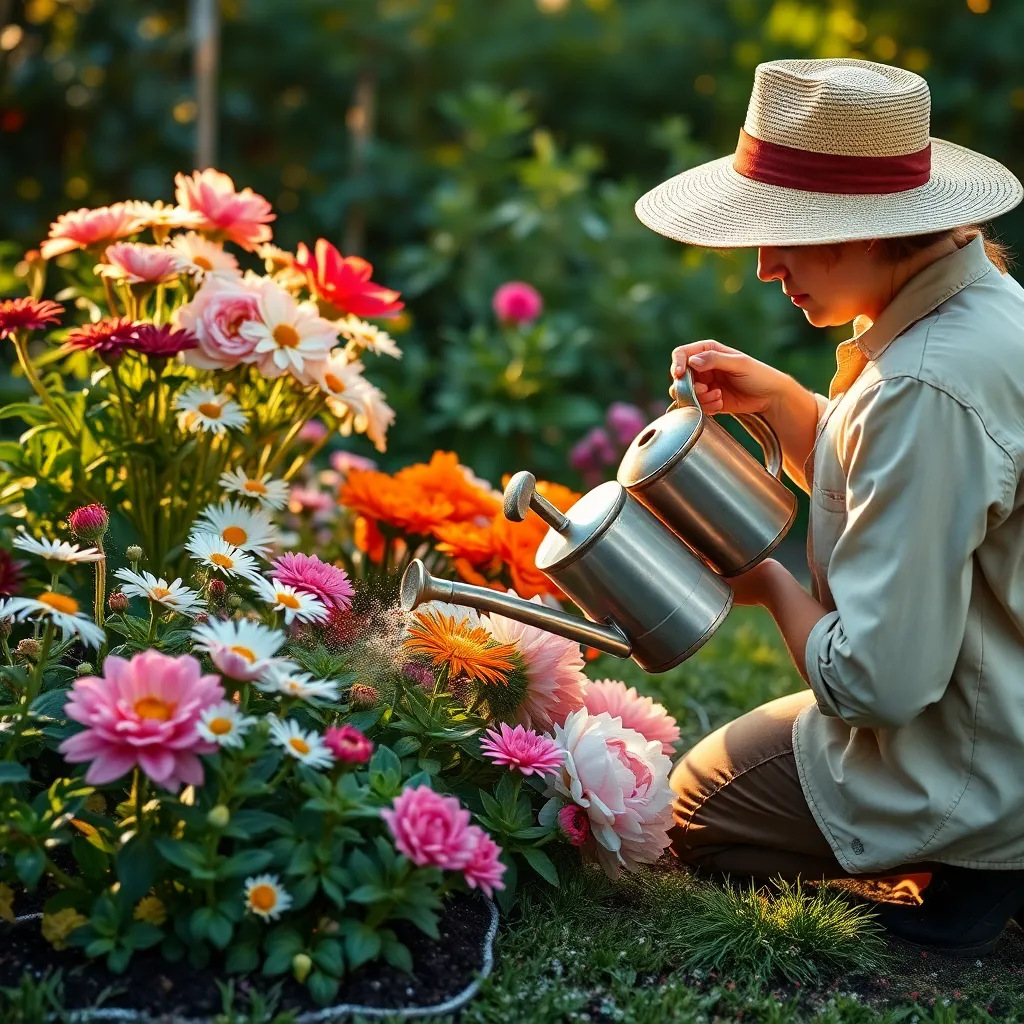
Watering your flowers in the early morning is ideal for maintaining plant health and vitality. This timing allows water to soak into the soil and reach the roots before the day’s heat causes evaporation.
In addition to reducing evaporation, morning watering helps prevent fungal diseases. By giving the foliage time to dry before nightfall, you minimize the risk of mildew and other moisture-related issues.
Consider using a drip irrigation system or soaker hoses for efficient morning watering. These methods deliver water directly to the soil, ensuring it reaches the roots rather than just wetting the leaves.
For beginners, a simple garden hose with a spray nozzle can suffice if managed correctly. Aim to water deeply but infrequently, promoting strong root development and reducing surface-level dependence.
Plant in Sunlit Areas
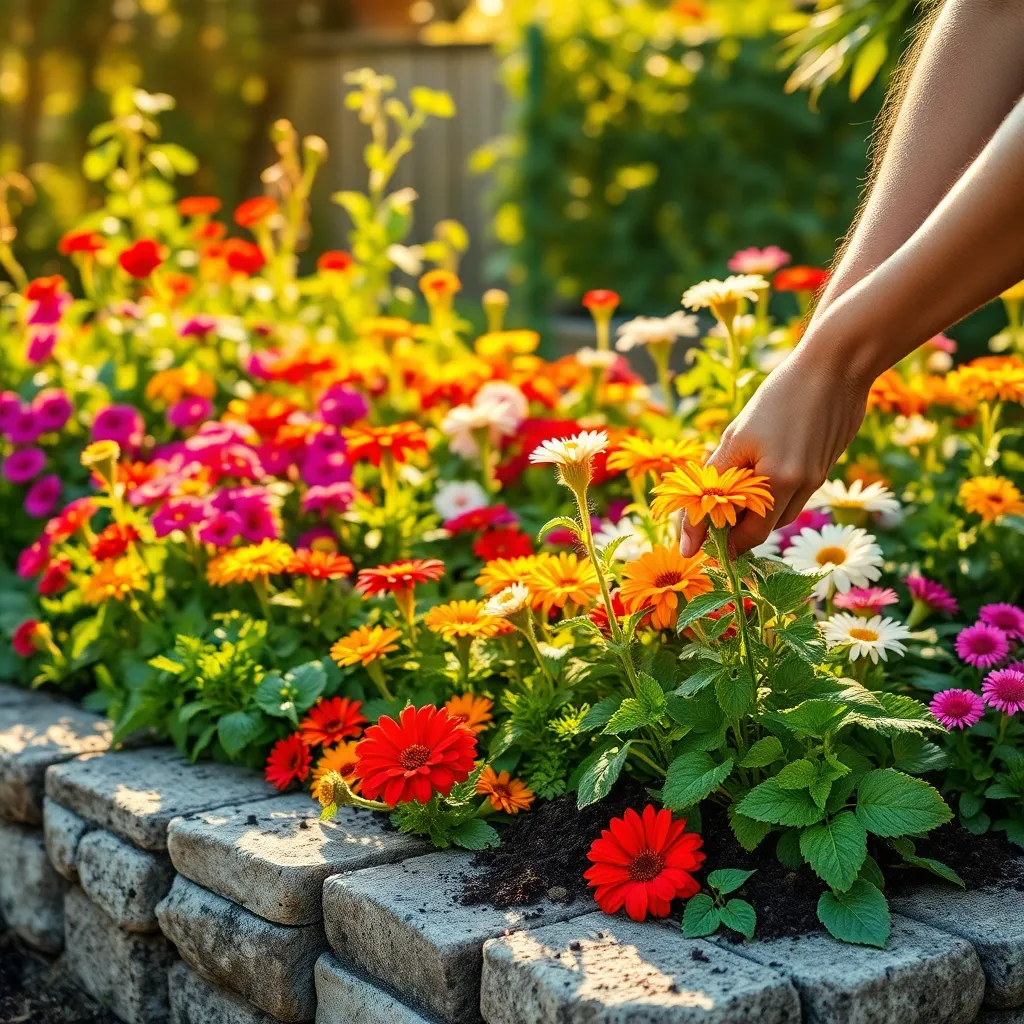
Sunlit areas in your garden offer the perfect environment for a wide variety of flowering plants. Choose plants that thrive in full sun, such as sunflowers, marigolds, and zinnias, which are well-suited for these conditions.
Before planting, ensure the soil is well-draining to prevent waterlogging, which can harm roots. Amend the soil with compost or organic matter to improve its structure and nutrient content, promoting healthy plant growth.
Watering is crucial, especially in sunny spots where soil dries out quickly. Aim to water deeply but infrequently, allowing the top inch of soil to dry out between waterings to encourage deep root growth.
For a more advanced tip, consider mulching around your plants to retain moisture and suppress weeds. This practice also helps maintain a consistent soil temperature, providing a more stable environment for your flowers.
Use Quality Potting Soil
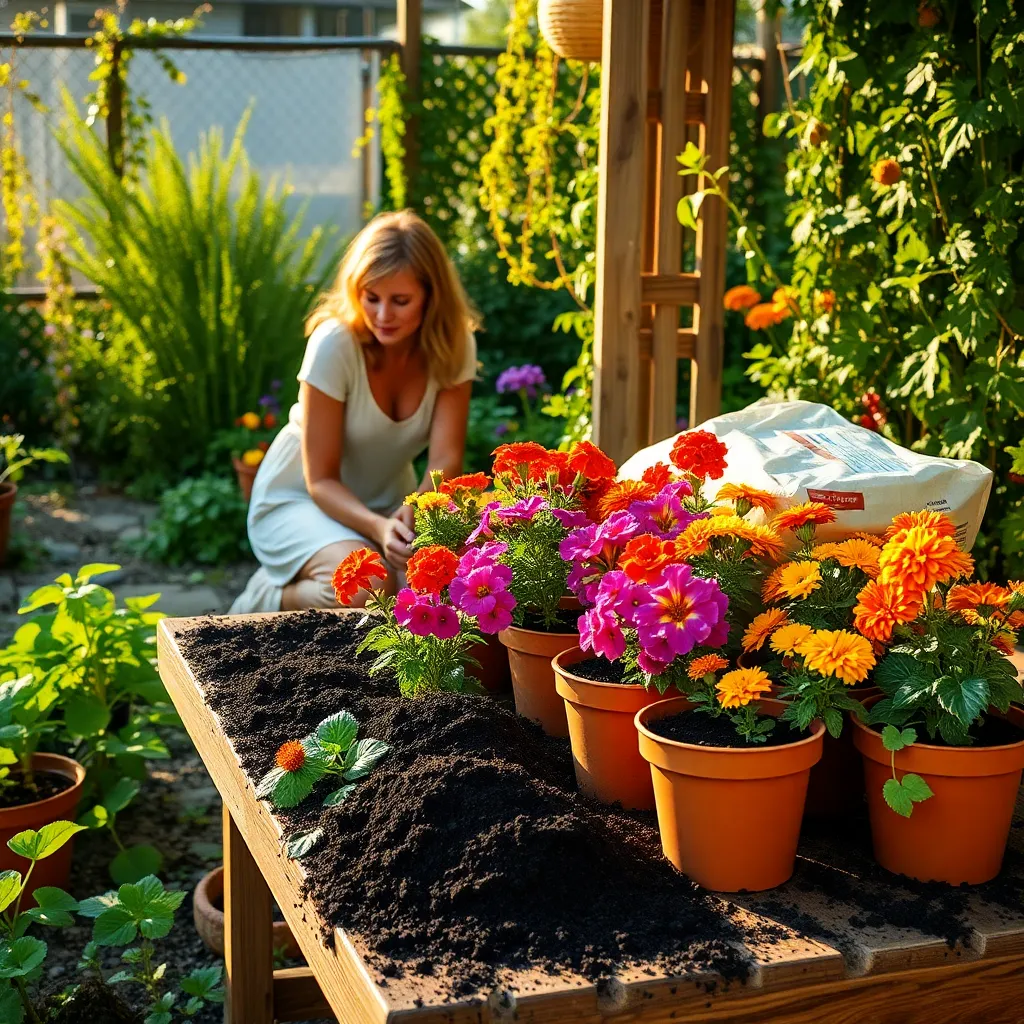
Using quality potting soil is essential for the health and growth of your flowers. Good soil provides the necessary nutrients, drainage, and aeration that plants need to thrive.
For beginners, it’s advisable to purchase a commercial potting mix designed for flowers, which often contains a balanced blend of peat moss, vermiculite, and perlite. This mix ensures that your plants have access to the essential elements they need while helping to retain moisture without becoming waterlogged.
When selecting potting soil, look for options that are labeled as “sterilized” to prevent pests and diseases. Experienced gardeners might consider customizing their soil by adding organic matter, such as compost or well-rotted manure, to enhance nutrient content.
Consistency in soil moisture is key; water your plants when the top inch of soil feels dry to the touch. Be cautious not to overwater, as this can lead to root rot—a common issue when plants are kept in soil that doesn’t drain well.
- Ensure your potting soil is light and fluffy to promote root growth.
- Avoid using garden soil in pots, as it can compact and limit drainage.
- Consider adding slow-release fertilizers to the potting mix for sustained nutrient supply.
Prune Regularly for Growth
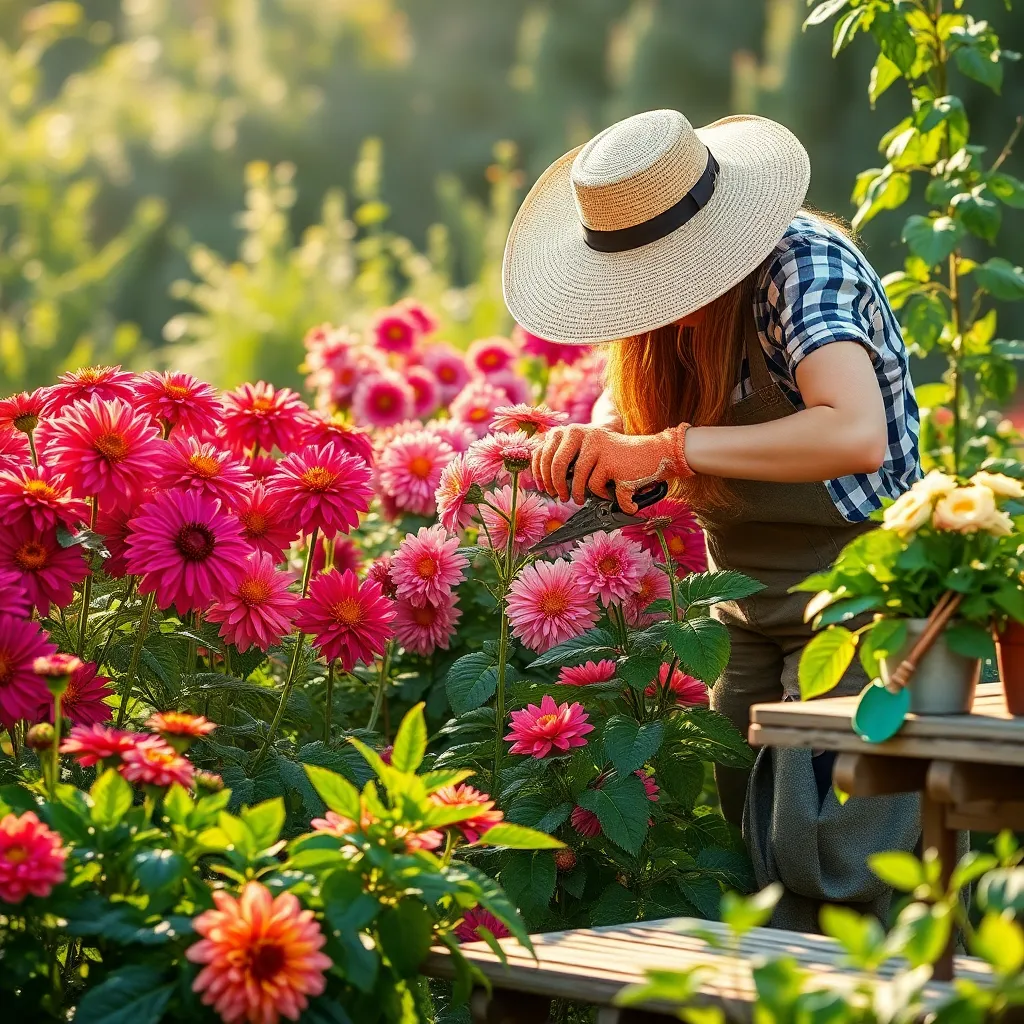
Regular pruning is essential for the health and growth of your flowering plants. By removing dead or diseased branches, you allow your plants to divert energy to new growth and blooms.
Pruning should be done with sharp, clean tools to avoid damaging your plants or spreading disease. Invest in a pair of quality pruning shears, and sterilize them with rubbing alcohol before and after each use.
Timing is crucial when it comes to pruning. For most flowering plants, it’s best to prune after blooming to avoid cutting off next season’s buds.
Always prune just above a healthy bud or node, where new growth is likely to emerge. This encourages a fuller and more aesthetically pleasing plant structure.
For those ready to take their gardening to the next level, consider implementing seasonal pruning techniques. In late winter or early spring, focus on shaping and stimulating growth, while summer pruning can help maintain size and promote flowering.
Conclusion: Growing Success with These Plants
In nurturing your flower garden, you’ve explored five essential relationship concepts: the importance of patience and understanding, the power of consistent care and attention, the value of adaptability amidst change, the need for nurturing healthy boundaries, and the joy of celebrating growth together. These insights not only apply to your blossoming garden but also illuminate paths to enriching your personal relationships.
As an actionable next step, take a moment today to express gratitude to someone in your life. Whether it’s a simple thank-you note or a heartfelt conversation, acknowledging their presence can sow seeds of warmth and connection.
Remember, thriving relationships, like gardens, require ongoing care and commitment. Bookmark this article to revisit these tips whenever you need a gentle reminder or a fresh perspective on cultivating your bonds. As you nurture your garden and relationships, envision a future where both flourish with vibrant colors and deeply rooted trust, reminding you that growth is a journey best shared.
Empowered by these insights, take a step forward today with the intention to cultivate love and understanding in all your interactions. Your garden of relationships awaits your tender care.

